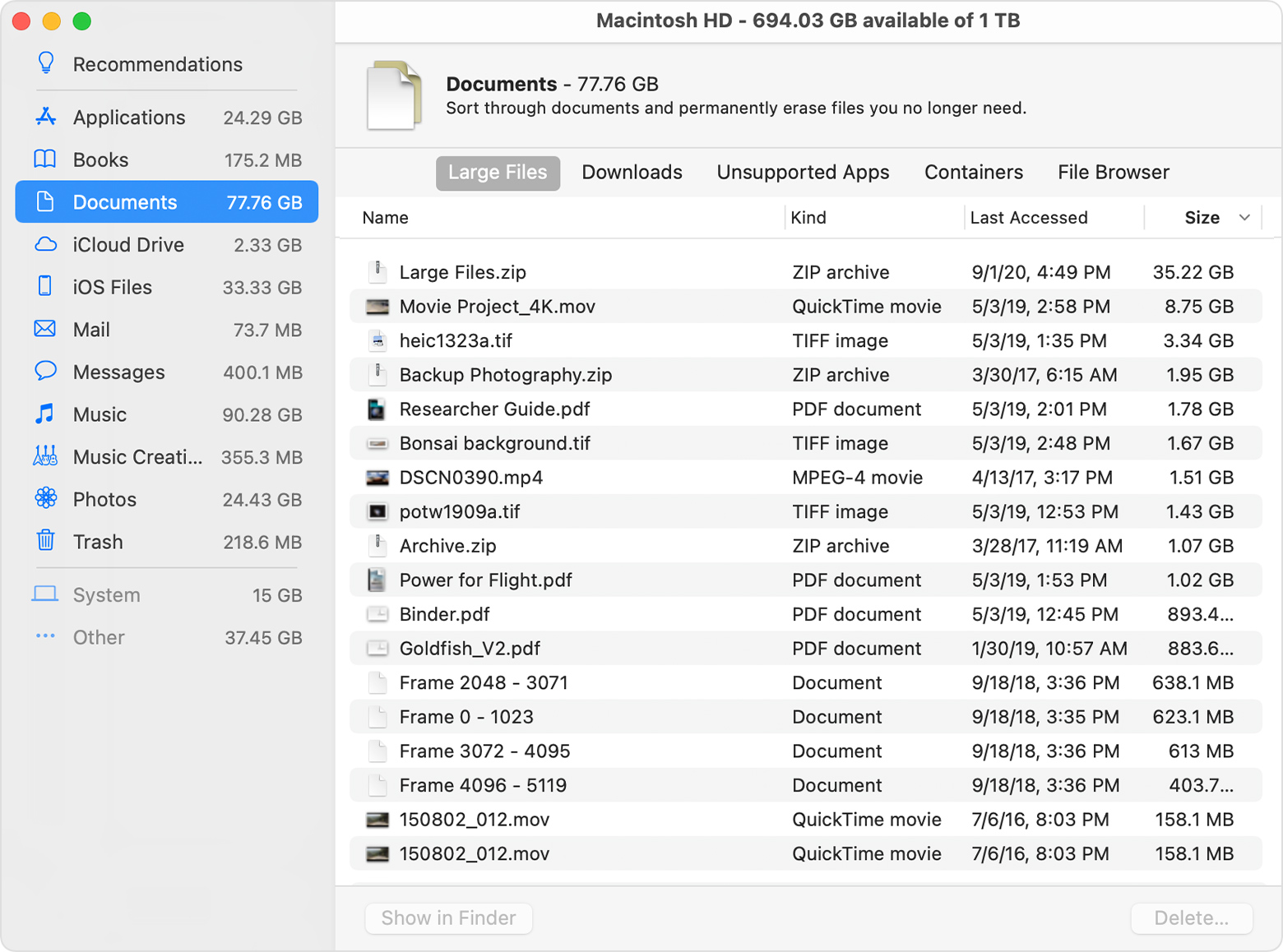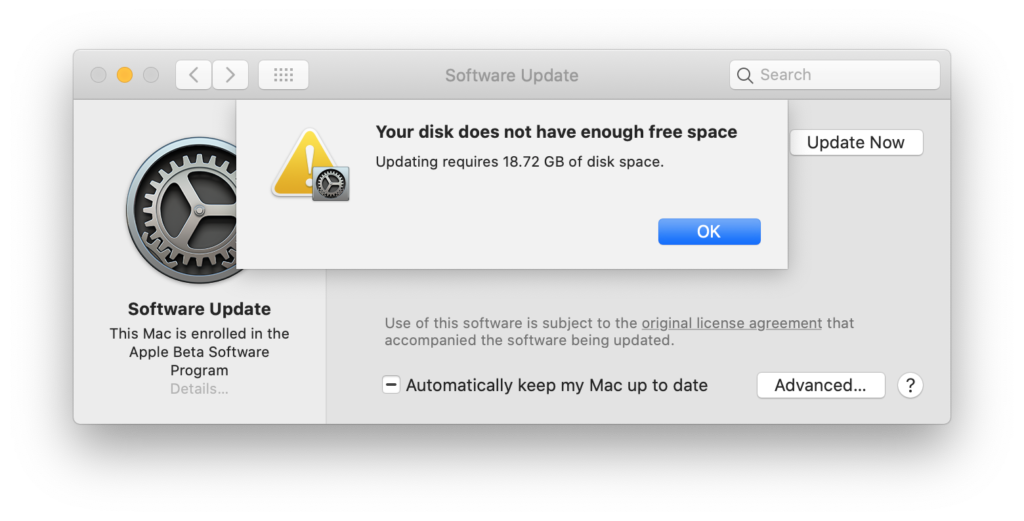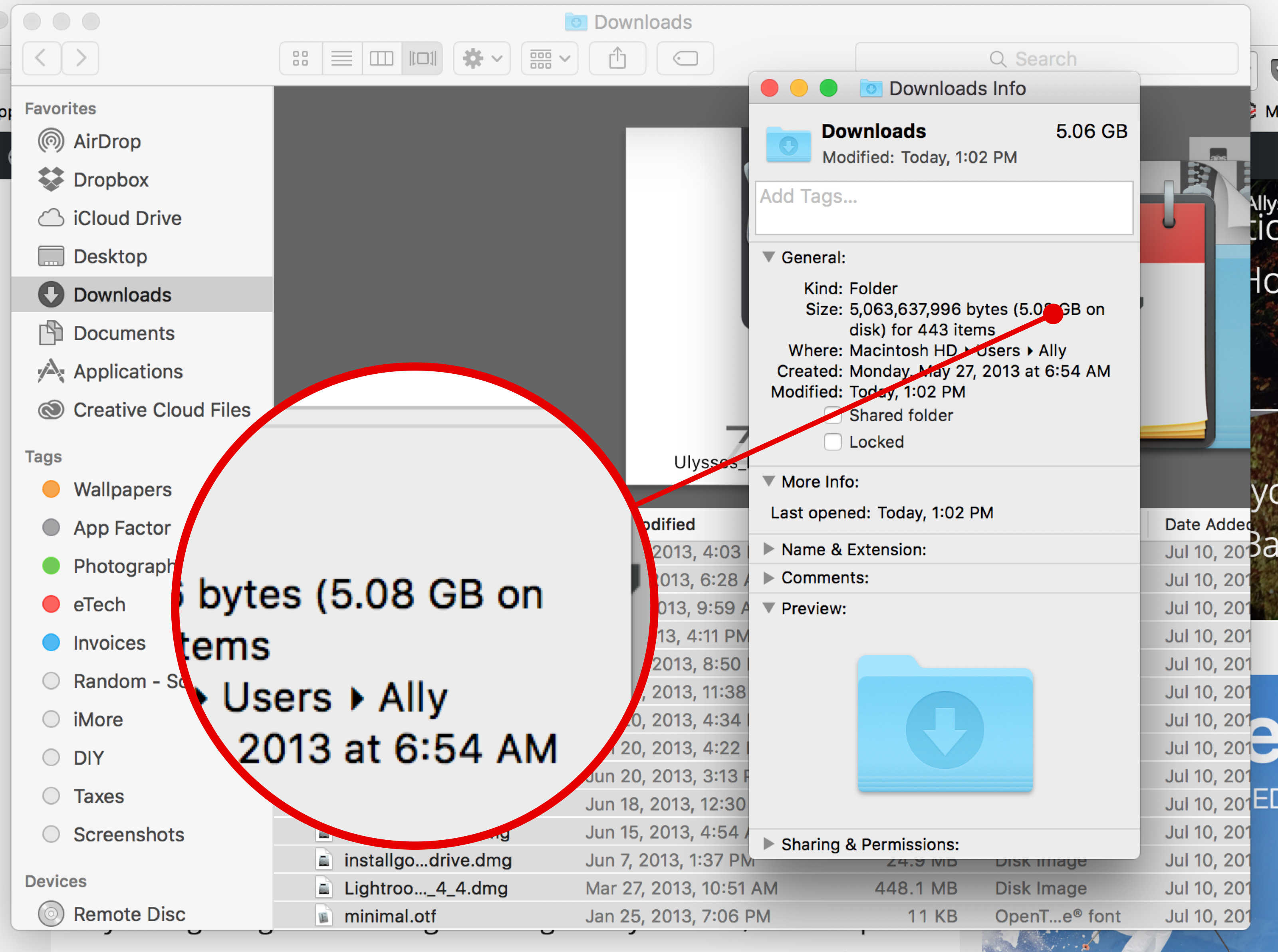- Free Up Space Mac
- How Do You Free Up Space On A Macbook Air
- Mac Free Up Disk Space
- How Do You Free Up Space On A Macbook
Buying a base 13-inch Retina MacBook Pro seemed more than enough at that point. Retina screen? Yes please, Core i5 and Iris graphics? You’ll do. 8 GB RAM, more than enough. But as it turns out 128 GB SSD is never enough. If you’re in the market for a new Mac, spring those extra dollars and get the upgraded model, you’ll thank me later.
If you're running out of room on your Apple Watch, get rid of specific apps and content you no longer need. Here's how to free up space from the Watch app and the device. How to free up space on a Mac? What is a “Mac Startup Disk”? Your Mac startup disk is a volume or a partition of a drive that contains a usable operating system. You can set your Mac to automatically use a specific startup volume, or you can temporarily override this choice at startup.
Jun 19, 2019 The bigger the files you can delete, the more space you can free up—so let's go hunting. Click the Apple menu in the top-left corner of the menu bar and choose About This Mac. If that overview. The “as space permits” bit is the key here. When less than 20 percent of the space on your Mac’s startup disk is available — or if less than 5 GB of space is available — your Mac will start automatically purging the oldest Time Machine local snapshots to free up space.
But for me, the deed is done. I’ve got this and it’s not like you can (easily) replace hard drives in Macs anymore. So at least for a couple of years, I need to make this work. And as I found out, if I stop being lazy for maybe 20 minutes a month and do some maintenance work, I should be fine. This here is my personal checklist. Feel free to borrow whatever helps you out.

1. Empty All The Trash

This might sound obvious, but the first thing you need to do is empty the Trash. You probably haven’t done it in a while and it’s probably taking up a couple of GBs. Right-click the Trash icon in the dock and select Empty Trash.
But that’s not it. Because Mac doesn’t just have one Trash can. Apps like iPhoto/Photos, iMovie and Mail each have their own personal trash cans and it can be frustrating. So go to each apps, find the Trash option and empty it.
2. Delete Language Files Other Than English (Save 3.5 GB)

Most of us are only going to use our Macs with English as the default language. Yet, there are more than a hundred languages on your hard drive. Deleting them will recover 3.5 GB of previously used up space. And you don’t need to go digging somewhere dangerous. Just download the Monolingual app and run the cleaner.
Related: If you’re new to the Mac, check out our detailed beginners guide to OS X Yosemite.
If you’re new to the Mac, check out our detailed beginners guide to OS X Yosemite.3. Clean Temporary Files And App Caches Using CCleaner
CCleaner is a lightweight and free cleaner utility for Mac. While Mac doesn’t need to be cleaned nearly as often as a Windows PC but you can recover a couple of GBs just by removing temporary files, cleaning Chrome’s cache, removing app data and more.
4. Delete Apps You Haven’t Used in a Long Time
Do you have apps like Keynote, Numbers, Garageband installed that you’ve never used, and probably are never going to? Just download the little AppCleaner utility, check all the apps you want removed, and the app will delete the app, along with any files they have lying around on your Mac. Just removing iMovie will save you 2.5 GB!
5. Clear out iOS Backups and Apps
If you regularly sync your iPhone/iPad with your Mac, old backups taking up several GBs might be stuck on your Mac. To get rid of them, go to iTunes -> Preferences -> Device Preferences. If there are any backups here, select and delete them.
Free Up Space Mac
Also, if you have a habit of downloading iOS apps on your Mac and then transferring them to iOS devices for some reason. Go to the Apps section and under My Apps, select all apps and delete them.
6. Find and Delete Big Files and Folders
How Do You Free Up Space On A Macbook Air

You will not believe how much space useless files are taking up on your Mac. Couple of movies or TV shows you downloaded but forgot to delete later, duplicate files for documents or images and a lot more.
But there’s no way you’re going to find these using Finder. There’s no context there. A 2 GB file looks just like a 100 KB file in Finder. No, you need colorful graphs to crush this. And there’s a great app to help you out – DaisyDisk. It’s a $10 utility but it’s the best at visually representing related clusters of data on your Mac and making it easy for you to get rid of them. We’ve written a detailed guide on using DaisyDisk here.
Mac Free Up Disk Space
But if you don’t want to buy software, try Disk Inventory X. It’s not as fancy as DaisyDisk but it’s free and gets the job done. Once installed, let it scan your drive and then navigate down your home folder to see which files are taking up the biggest space. Once you’ve identified the files you don’t need, delete them.
7. Use CleanMyMac 3
CleanMyMac 3 is an amazing cleaner utility. It costs $40 but it takes care of almost everything we’ve talked about in this article. If you have the paid app, cleaning junk files, duplicates and more is just a one click process. But you don’t have to fork over the $40. CleanMyMac has a free version that will do all the scanning and will tell you, in explicit detail, which files need to be deleted. It will only clean up to 500 MB of them though.
But we’re interested in the scanning part. So download the app and let it scan. Then from the sidebar navigate to different categories. See the biggest files on your Mac, spot the duplicate photos and then manually navigate to those items in Finder and delete them.
8. Delete Attachments in Mail
If you use the Mail app extensively, you’ll find that attachments pile up. Go to your inbox, press Cmd + A to select all messages, go to Message and select Remove Attachments.
How Do You Keep Your Mac Clean?
How do you make sure your mac is always running as well as it should be? Share with us in the comments below.
The above article may contain affiliate links which help support Guiding Tech. However, it does not affect our editorial integrity. The content remains unbiased and authentic.
How Do You Free Up Space On A Macbook
Read Next
How to Password-Protect Files or Folders on a Mac
Without downloading additional software, Apple enables its